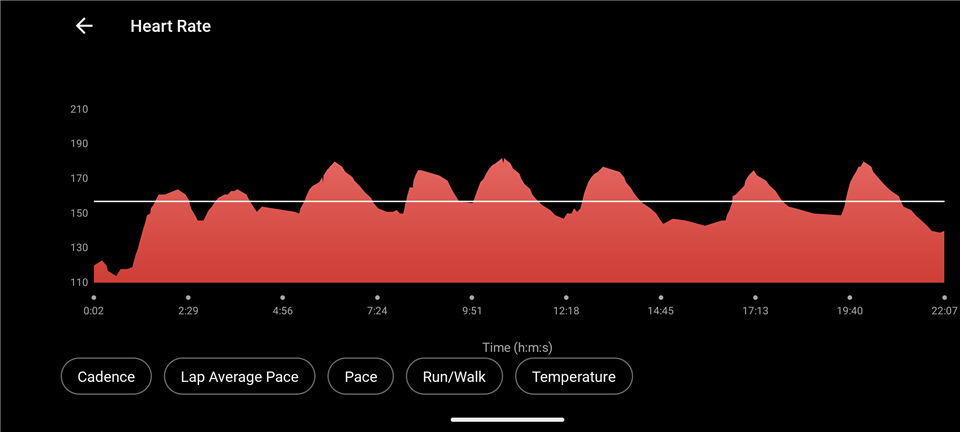I have a Forerunner 945. It was purchased in December 2022. I have used it consistently for a year.
When I first got my Forerunner, I was unfit. It put my VO2Max at 35, which I accepted. At that stage, I was rarely working out more than 2 days a week.
I then found a sport I love. I increased my training gradually, until I was doing at least 4-5 cardio sessions a week (mostly running and spin class), and 2 strength sessions, and often a big activity on the weekend (long hike, kayaking, canyoning or something physical). I went from barely running 5km to now confidently doing 6-hour and 12-hour adventure races (a mixture of trail running, mountain biking, kayaking and hiking). I do intervals, tempo and long runs/bikes regularly.
My VO2 Max is stuck at 35. It hasn't moved at all, in 12 months. My husband's moved considerably during his 12 week half-marathon training, whereas mine didn't shift at all, even when my distances, speeds and perceived exertion did. My VO2Max stayed at 35.
I just.... don't believe it?
I can see other people have asked this question, but many of them are complaints that the needle didn't move after 1-2 sessions, whereas mine hasn't moved in a year and one week. This seems unusual.




